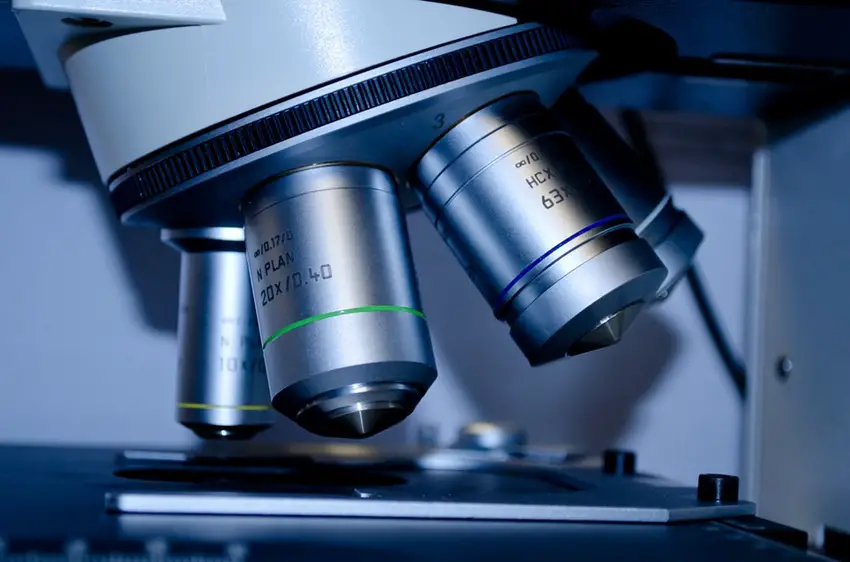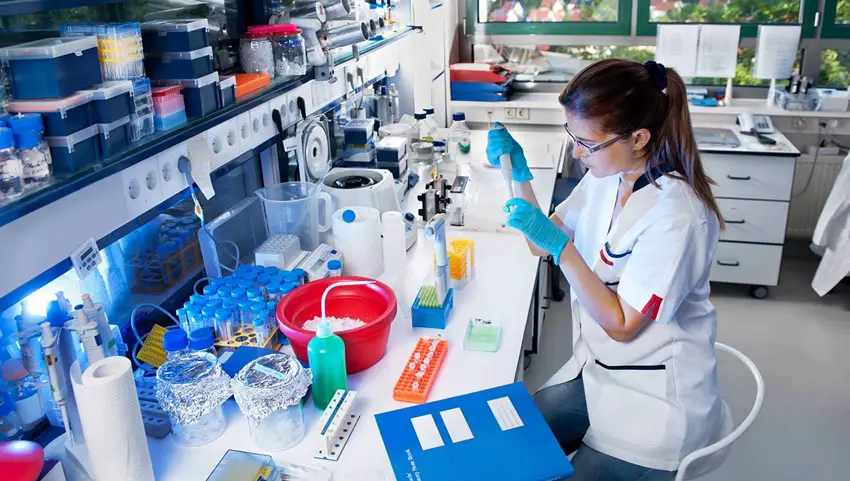The “lab of the future” is well underway thanks to new trends in the scientific community. From vendors to engineering and IT, research environments are changing in a big way. Agile software and mindsets have already made an enormous impact, but these five trends are redefining how research is done.

1. Making Regulatory Compliance Electronic
Physical processes are changing to virtual ones as everything from freezers to data servers are revamped, allowing scientists to share information in a simpler manner. Paper lab notebooks are a thing of the past now that there are spreadsheets you can download from Clockspot and other key software designed to store data on the cloud.
Mobile computing platforms are making documentation a seamless process, while network connectivity ensures a lab can share their findings with another lab anywhere in the world. What used to take a month now takes days, which means faster turnaround time and more accurate results.
2. Collaboration Explosion
Data sharing is just one area receiving a boost in collaboration. Shared common spaces are now the work areas of multidisciplinary research teams, increasing their ability to communicate and share resources. The days of single locations have come to and end as video conferencing and collaboration software enter the scene as well.

3. Invivo over Silico
While computer modeling has a long way to go before it can replace work on live subjects, methods are evolving that allow scientists to limit the number of research subjects they need. At the same time, species being used are now selected for their ability to thrive in laboratory environments.
Zebrafish make an excellent example with their close genetic makeup to the human body. These aquatic lifeforms are easier to house than other animals, saving cost while adhering to animal welfare laws.
Bioinformatics and development platforms like Apple’s Research Kit are also continuing to grow, making it easier to monitor conditions. As new data management software for animal research is released, reporting on those conditions will become a simpler process as well.
4. Analytics Over Lab Techniques
With all of these new ways to accumulate data, the industry will need to place their focus on analytics instead of lab techniques in order to process the data as quickly as possible. This, in turn, will cause equipment manufacturers to look at how their products can automate those techniques.
Large format screens, touch walls, and high-quality video are essential to processing data rapidly. The value these devices provide is significantly greater than traditional equipment, thanks to their ability to accelerate analysis and promote collaboration.

5. Automation Reigns Supreme
Automation is a growing field that research labs across the globe are quick to adapt to. As machines and software create more automated labs, even grad students and postdocs will find themselves analyzing instead of performing tedious tasks.
Automating sample prep work, combined with increasingly controlled lab environments, is already creating easily reproducible results. Labs will need to accommodate space for these automation technologies as they branch into other disciplines, but even genomic sequencing equipment is a fraction of the size it used to be.
[Images via: Google Images]
